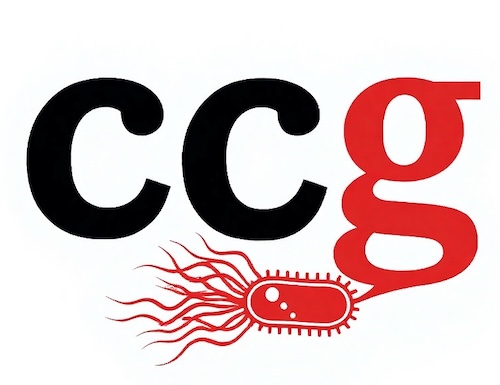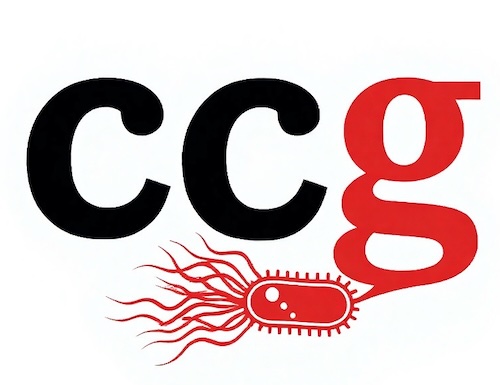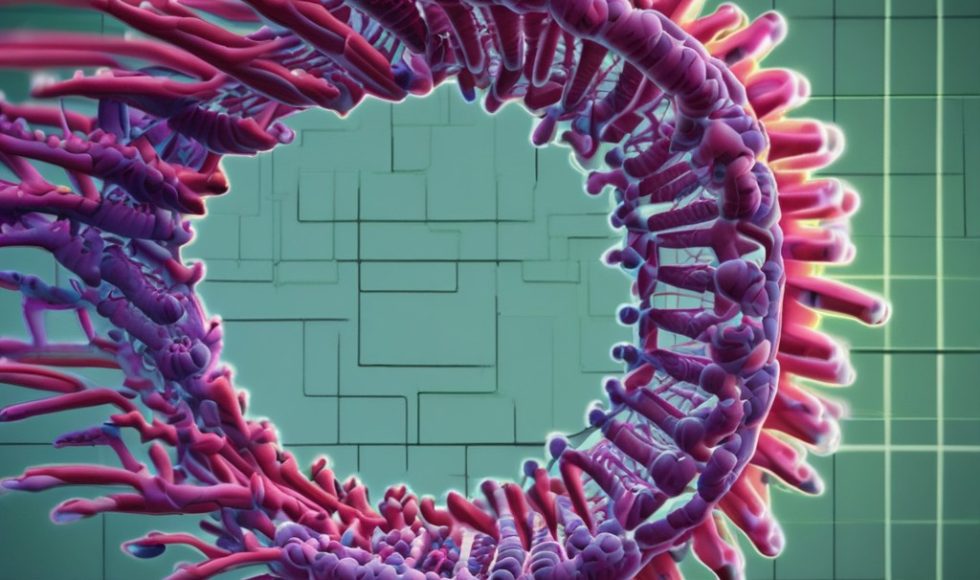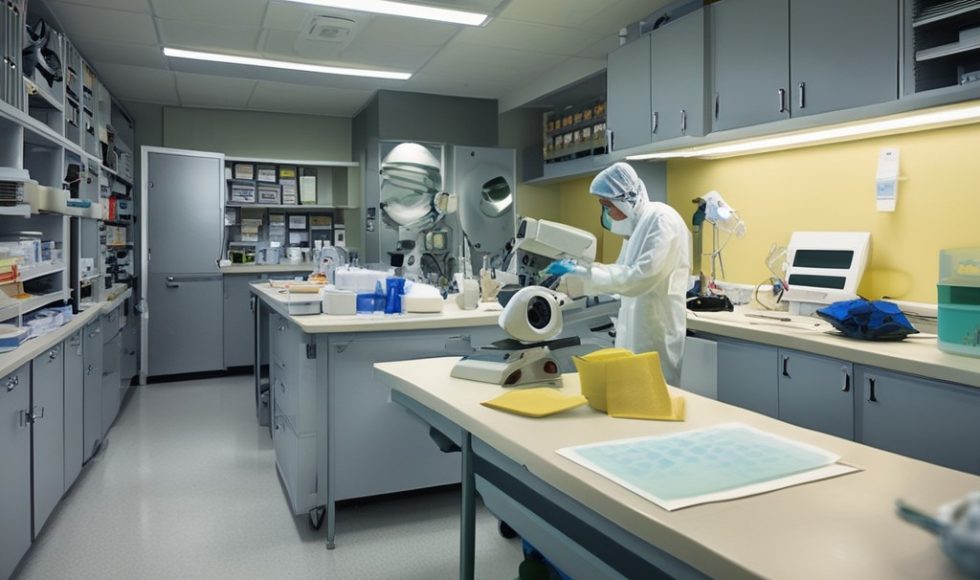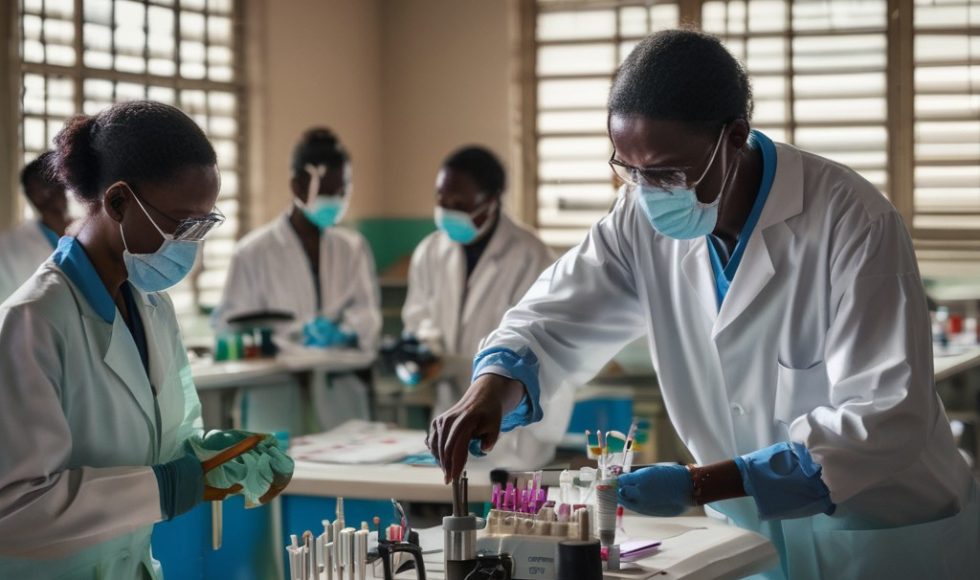Billy Lau from Stanford University returned to London Calling 2024 and spoke about “Joint fragmentomic and methylation signatures of cfDNA for cancer detection.” They began by defining liquid biopsies for non-invasive cancer measurement as typically being blood draws used for sequencing and multi-omic analyses. They also explained how epigenetic reprogramming in cancer occurs and how […]
Mathilde Filser from the Curie Institute in France spoke about “Simultaneous methylation and fusion detection for pediatric tumor characterization” at London Calling 2024. They explained that neuro-oncology includes many entities and DNA methylation has an “undeniable impact.” The gold standard is the Illumina EPIC array. The lab developed a workflow for frozen brain tumor samples. […]
Julie Geyer from The University of North Carolina at Chapel Hill presented at London Calling 2024 on “Real-time genomic characterization of pediatric acute leukemia using adaptive sampling. They explained that leukemia can be acute myeloid leukemia or acute lymphoblastic leukemia. The presence of immature cells is typically performed with karyotype analysis, fluorescence in-situ hybridization (FISH), […]
Tonight, I watched Rhys White from the Institute of Environmental Science and Research in New Zealand present “Real-time genomic surveillance with nanopore sequencing.” They have started a collaboration with the Wellington Regional Hospital. The goal was to make Nanopore sequencing accessible to the clinical lab. The team used a MinION device to sequence blood and […]
Sergey Batalov from the Rady Children’s Institute for Genomic Medicine in the US presented at London Calling 2024 on “Patterns in genomic methylation determined with long-read sequencing.” Rady Children’s Institute is the only level four NICU in San Diego, Riverside, and Imperial counties. The Rady Children’s Hospital provides care to 256,000 kids/year! However, only 35% […]
Logan Mulroney from the EMBL-EBI & Center for Genomic Science at the Italian Institute of Technology in Italy presented at London Calling 2024 “A survey of human RNA modifications by direct RNA nanopore sequencing.” Mulroney described RNA modifications as “chemical alterations to canonical nucleotides” and mentioned that they have been implicated in diseases such as […]
Alex Shaw from the Imperial College London in the UK spoke at London Calling 2024 about “Early detection of poliovirus outbreaks in the DRC from 2021-2022.” They have been doing poliovirus sequencing training with partners for several years, focusing on direct sequencing methods with Nanopore: Direct molecular Detection and Nanopore Sequencing (DDNS). Shaw explained that […]
Temitayo A. Olagunju from the University of Idaho presented at London Calling 2024 on “Assembling a T2T cattle genome with Oxford Nanopore reads.”The breed of cattle they focused on is the gyr, with a characteristic hum on the back and important for milk production. They are often intercrossed/interbred with other bos cattle for their features […]
Tonight, I watched Jade Foster from the University of Southampton in the UK present at London Calling 2024. The session’s title was “Identifying m6A RNA modifications in neuroblastoma cell lines.” They explained that epitranscriptomics describes the modification of RNA molecules. There are over 150 RNA modifications determined by readers, writers, and erasers! This process is […]
Sneha Geonka from Stanford University & Princeton presented on “Computational paradigm for scalable ultra-fast, & cost-efficient nanopore sequencing.” Goenka shared a graph showing the turnaround time for sequencing in the clinic. The world record is 7.3 hours at Stanford! To shorten the time to diagnosis, the pipeline included distributed computing and a lot of GPUs: […]
